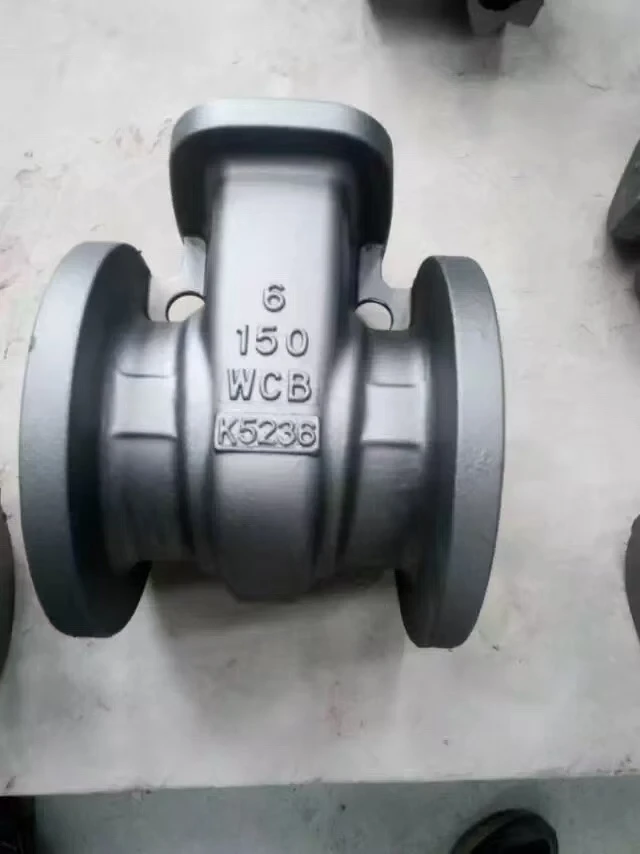The Art of Sanding in 3D Printing
In the realm of 3D printing, achieving a smooth and polished finish can often be a challenging task. While the technology has advanced significantly, allowing for intricate designs and fast production times, the surface quality of printed objects can sometimes leave much to be desired. This is where sanding comes into play—a crucial post-processing technique that can elevate a 3D printed model from a rough prototype to a polished masterpiece.
Understanding 3D Printing Surface Quality
The quality of a 3D print is largely influenced by several factors, including the type of filament used, the print settings, and the printer’s calibration. Common issues include layer lines, rough textures, and imperfections resulting from hardware limitations. FDM (Fused Deposition Modeling) prints, for instance, often reveal visible layer lines due to the nature of the extrusion process. Similarly, resin prints, while typically smoother, may still exhibit minor flaws or support marks that detract from their overall appearance.
The Importance of Sanding
Sanding serves as an essential process for improving the surface quality of 3D prints. It allows printers to eliminate unwanted textures, smooth out layer lines, and prepare the surface for painting or other finishing techniques. The advantages of sanding extend beyond aesthetics—smoother surfaces can also enhance the durability and functionality of the final object.
Choosing the Right Tools and Materials
Before embarking on a sanding project, it is important to gather the appropriate tools and materials. Here’s a brief rundown of what you might need
1. Sandpaper Different grits serve different purposes. Coarse sandpaper (like 60-120 grit) is great for removing large imperfections, while medium (180-220 grit) and fine (320-400 grit) sandpapers work well for smoothing surfaces and preparing for painting.
3. Dust Mask and Safety Goggles Always prioritize safety. Sanding can produce fine dust particles that are harmful if inhaled. Protective gear is essential.
3d print sanding

4. Finishing Products After sanding, you may want to apply primer or paint. Ensure that the products you choose are compatible with the material of your print.
The Sanding Process
The actual process of sanding a 3D print can vary depending on the complexity of the object and the desired outcome, but generally follows these steps
1. Initial Assessment Examine the printed model to identify areas that require sanding.
2. Start with Coarse Grit Begin with a coarse grit sandpaper to tackle prominent layer lines or rough spots. Use even, consistent pressure and always sand in the same direction to avoid creating deep grooves.
3. Gradually Move to Finer Grits After achieving a more uniform surface, switch to medium grit sandpaper. Continue sanding until the texture feels smoother. Finish off with fine grit sandpaper to attain a polished finish.
4. Clean the Surface Once sanding is complete, wipe down the model to remove any dust or debris. This step is crucial to ensure that any paint or finish adheres properly.
5. Optional Sealing and Painting If desired, apply a primer followed by paint to give your model a professional look. A good primer fills in minor imperfections and prepares the surface for paint.
Conclusion
Sanding is a vital step in the 3D printing post-processing journey. It not only enhances the visual appeal of the printed objects but also ensures their durability and functionality. With the right tools, techniques, and a bit of patience, anyone can master the art of sanding and take their 3D prints to the next level. Ultimately, the time spent on sanding can transform a simple print into a stunning piece of art, making it worthwhile for both hobbyists and professionals alike. By embracing sanding as part of your 3D printing workflow, you can achieve results that surpass initial expectations and showcase your creative vision in its best light.
Post time:сеп . 25, 2024 14:51
Next:why is sand casting used
